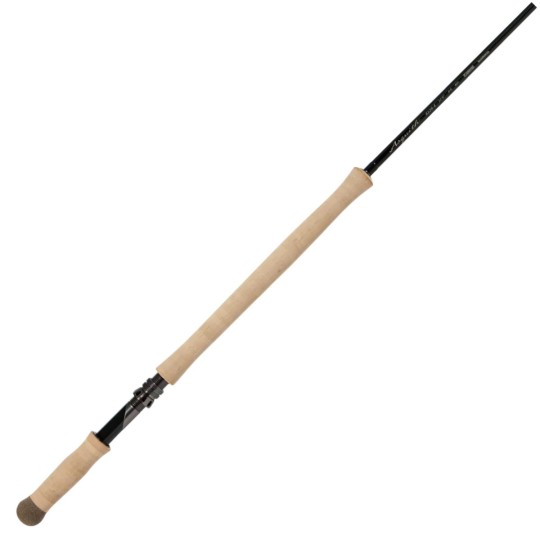
Rod to the G. Loomis Asquith Spey Fly
Shipping 3 - 5 days
Every angler has dreamt of becoming an expert fly fisherman. Being able to pull out several metres of line and juggle the fly is so beautiful and poetic that it makes you want to. It's probably the fishing technique that's most in harmony with nature, because it tries so hard to imitate it.
Filter By
36 products

Shipping 3 - 5 days
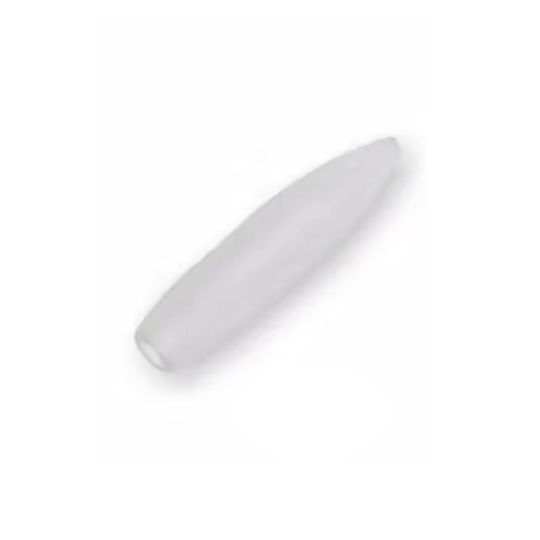
Shipping 24 H
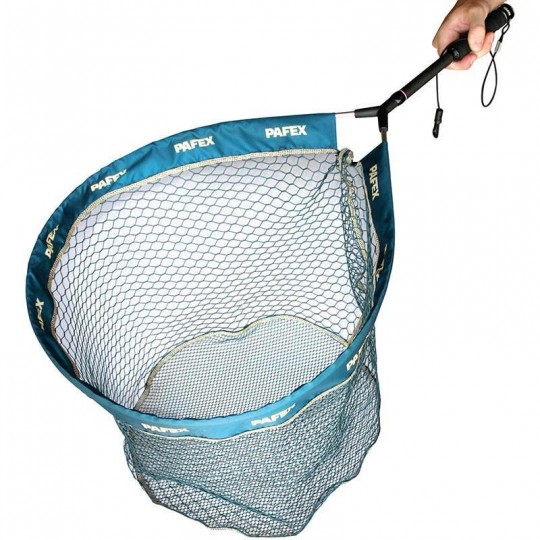
Shipping 24 H

Shipping 24 H
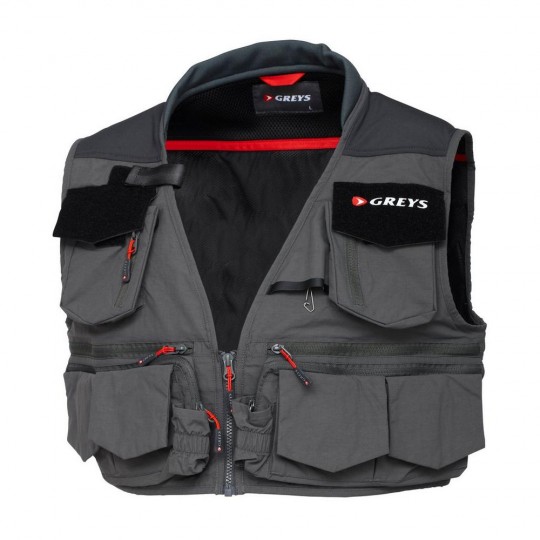
Shipping 24 H
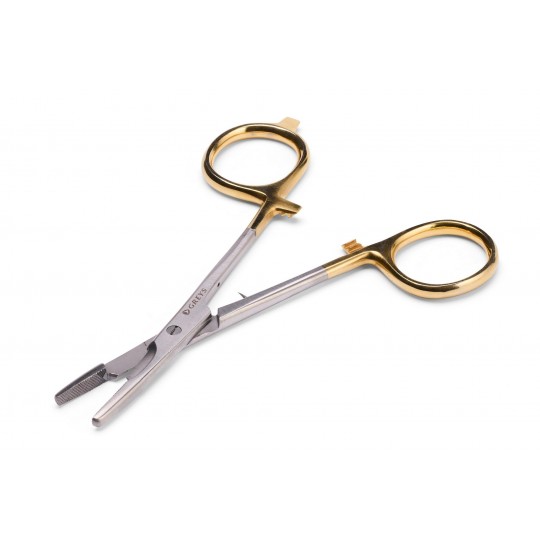
Shipping 24 H

Unavailable at the moment
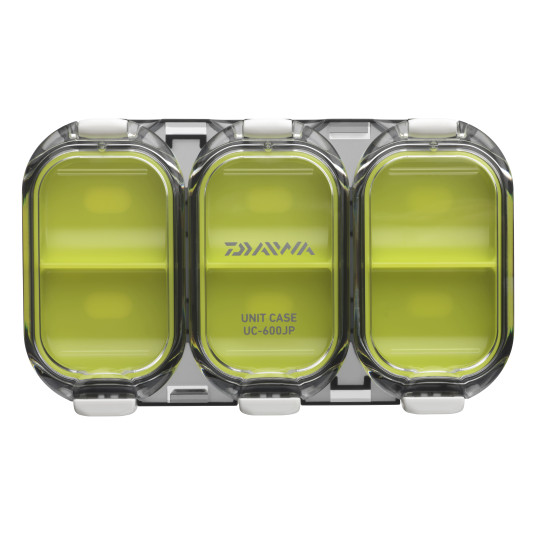
Shipping 24 H
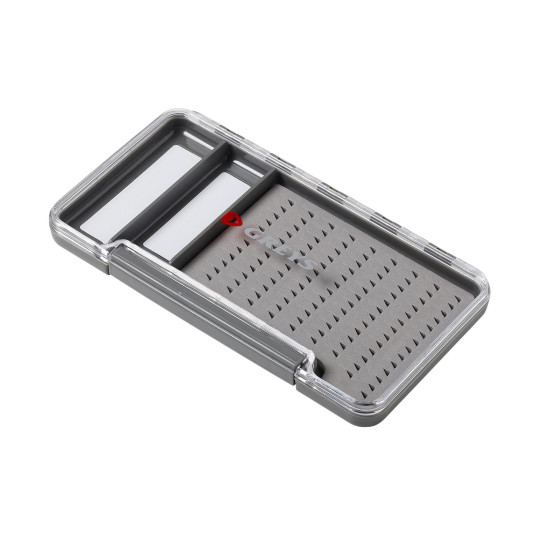
Shipping 24 H
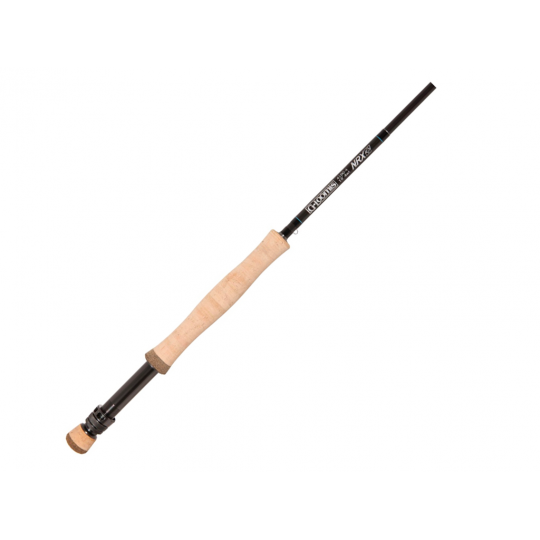
Unavailable at the moment
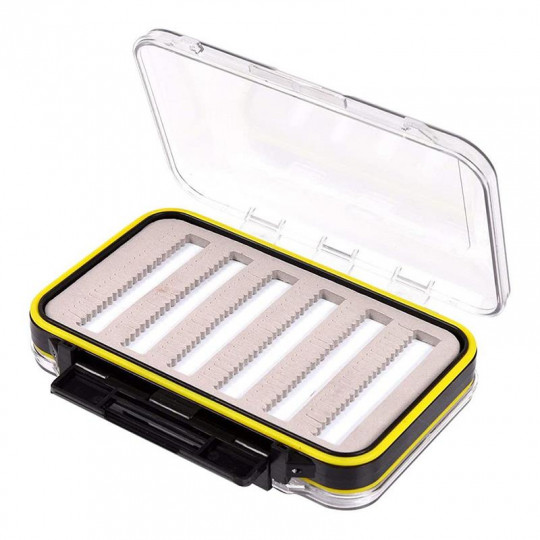
Unavailable at the moment
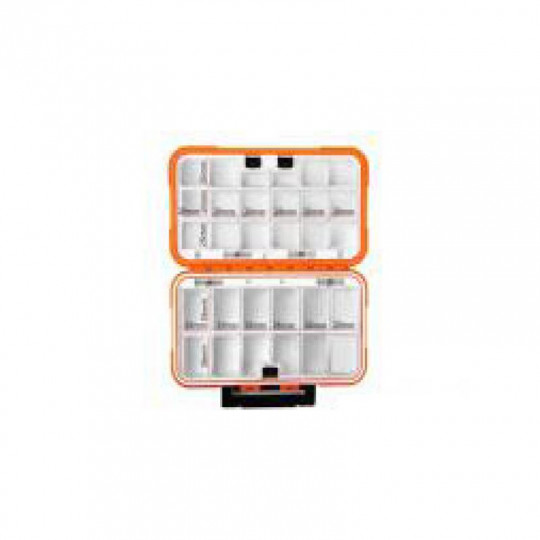
Shipping 24 H
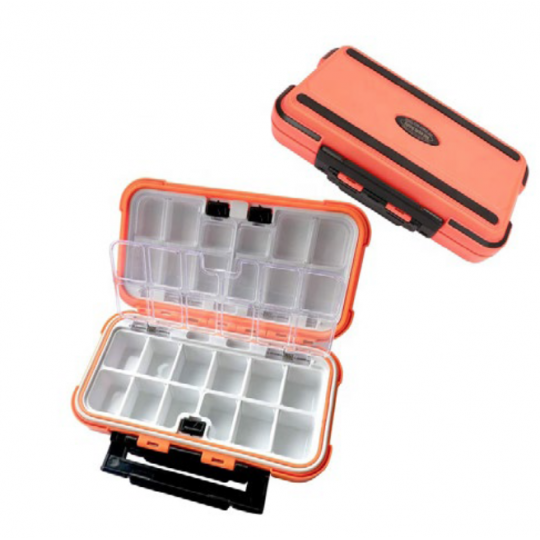
Unavailable at the moment
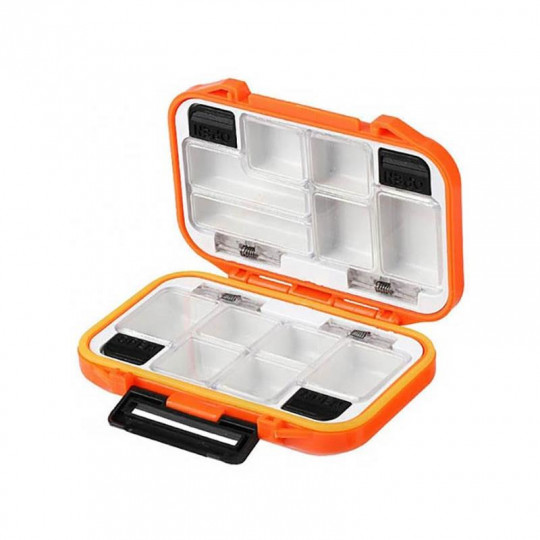
Shipping 24 H
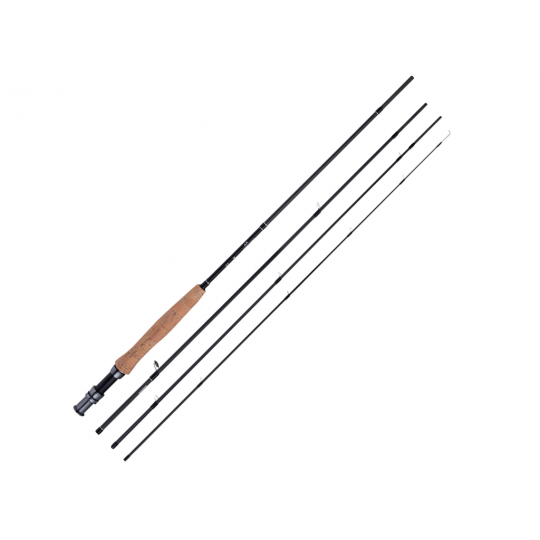
Shipping 24 H
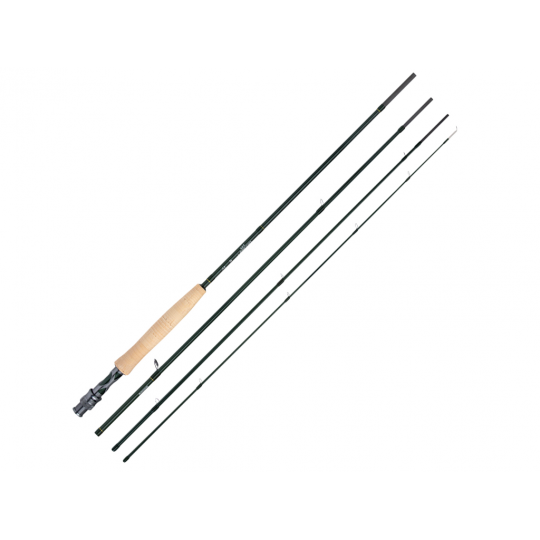
Shipping 24 H
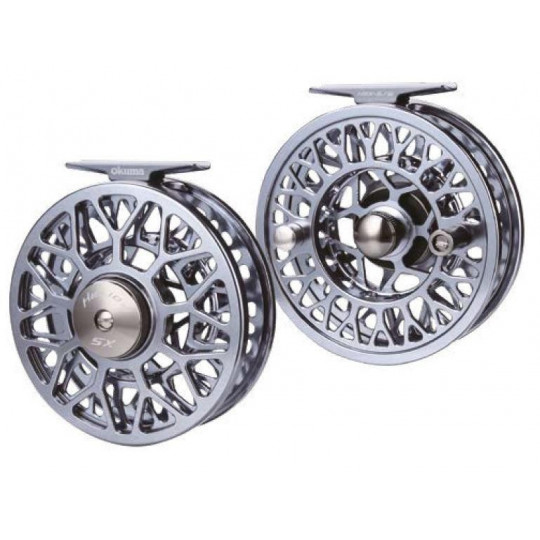
Shipping 24 H
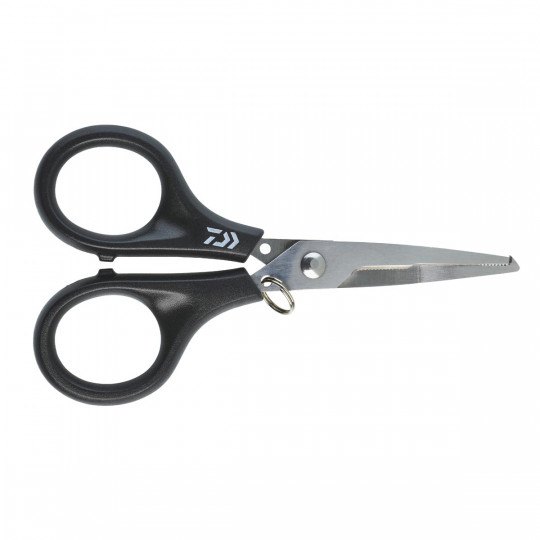
Shipping 24 H
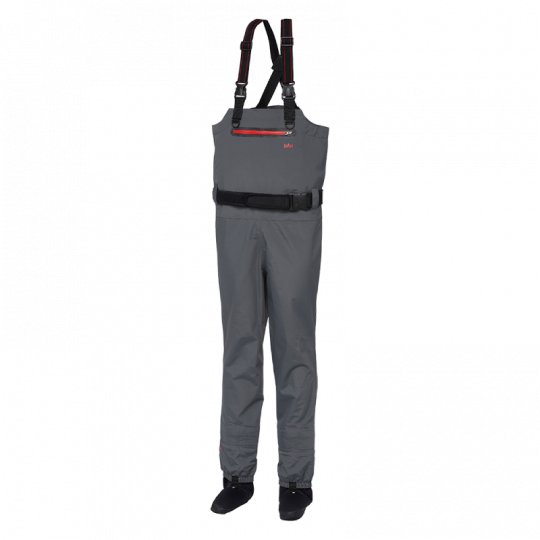
Shipping 24 H
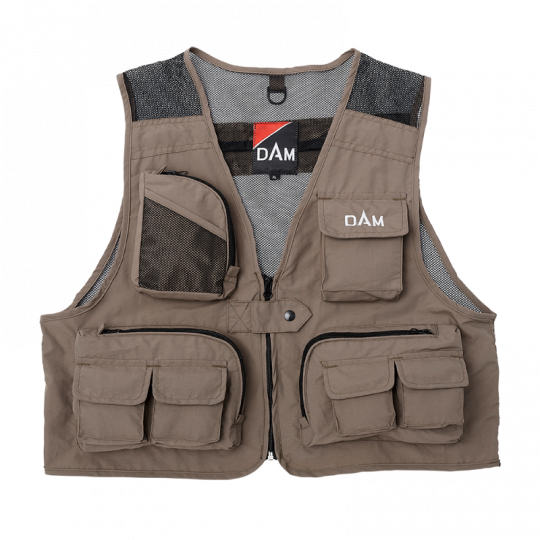
Shipping 24 H
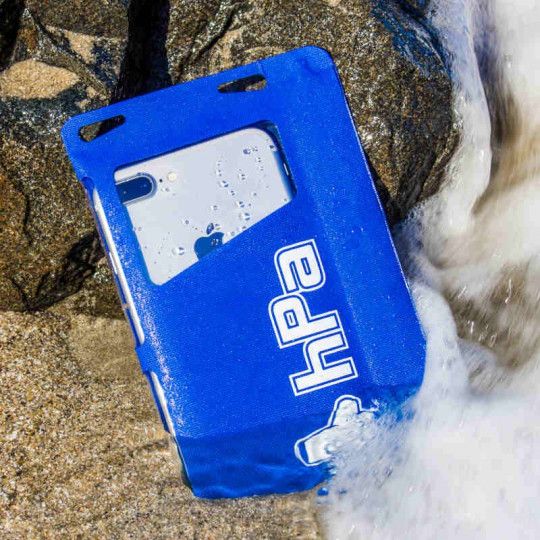
Shipping 24 H
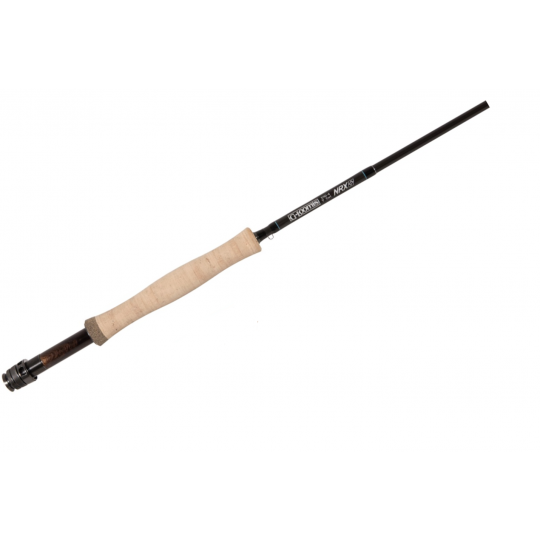
Unavailable at the moment
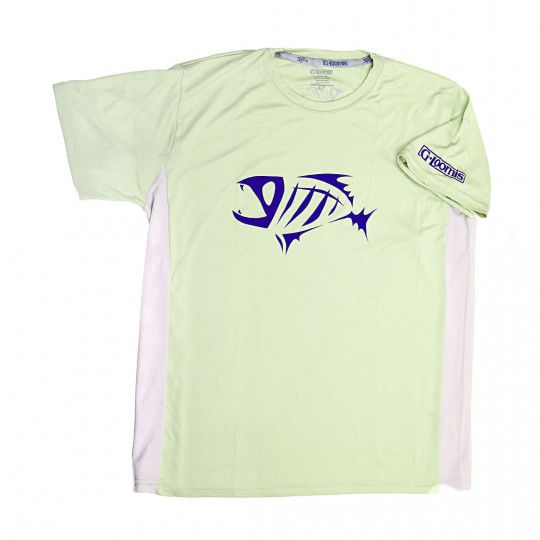
Shipping 24 H
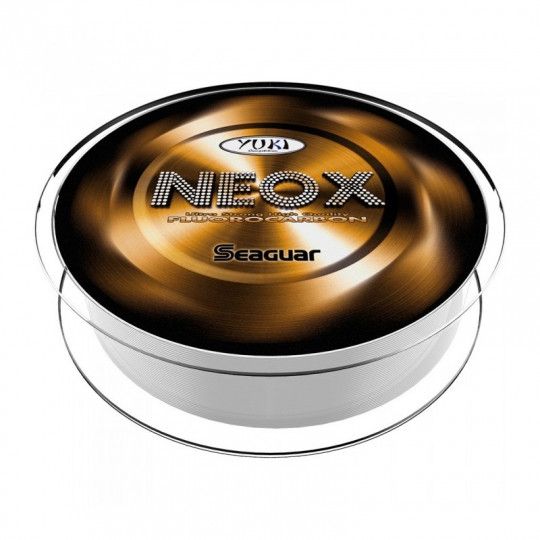
Shipping 24 H
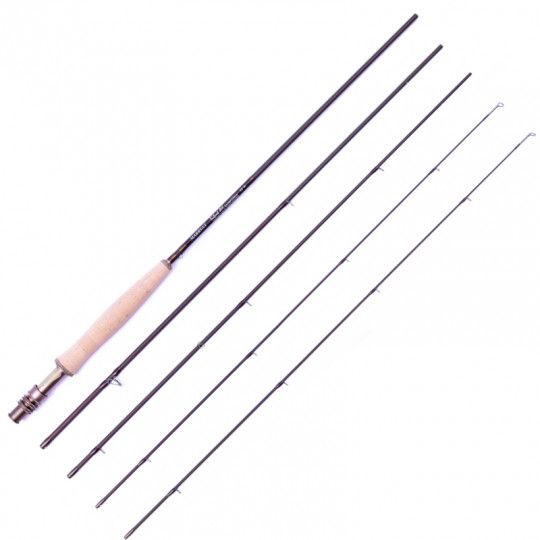
Unavailable at the moment
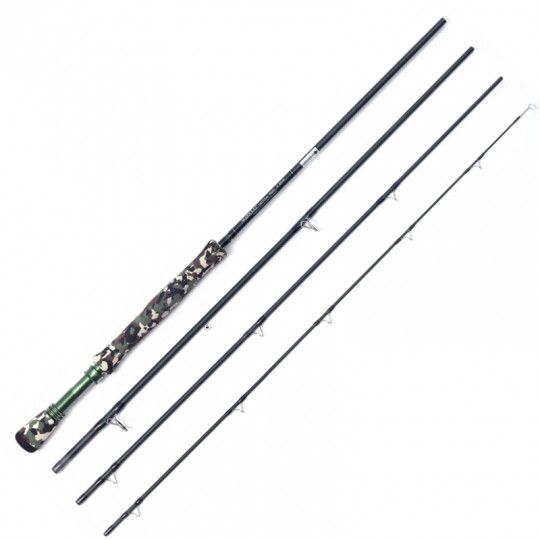
Shipping 24 H
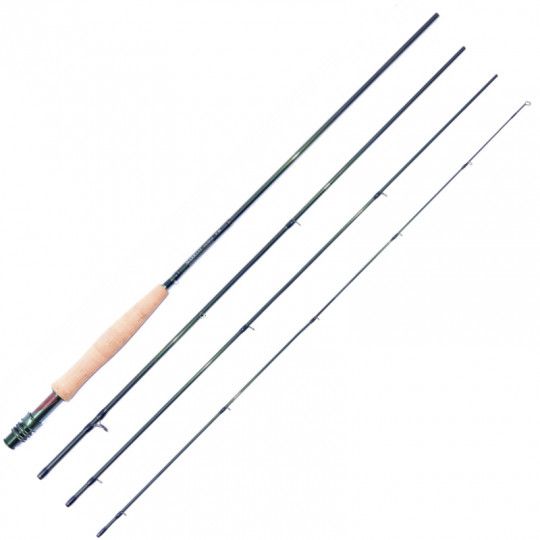
Shipping 24 H
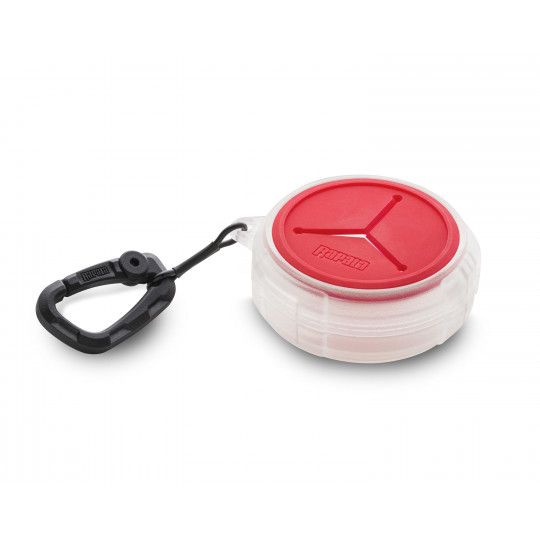
Shipping 24 H
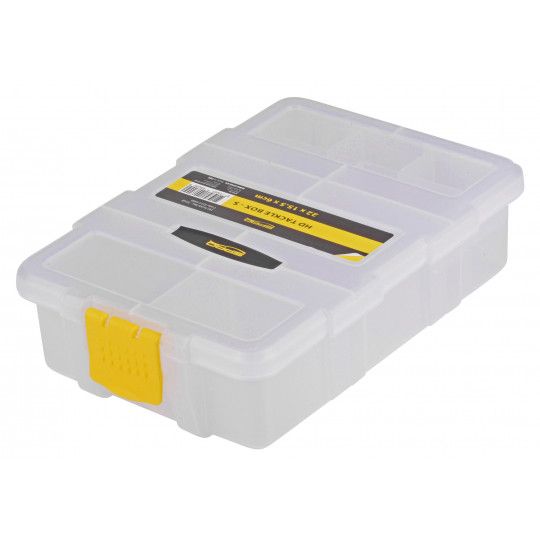
Unavailable at the moment
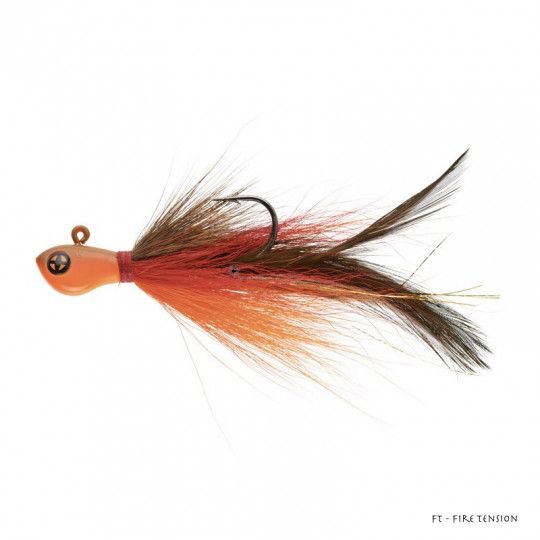
Shipping 24 H
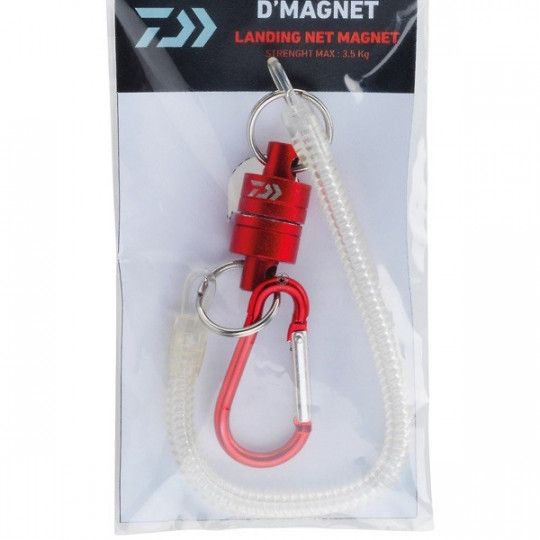
Shipping 24 H
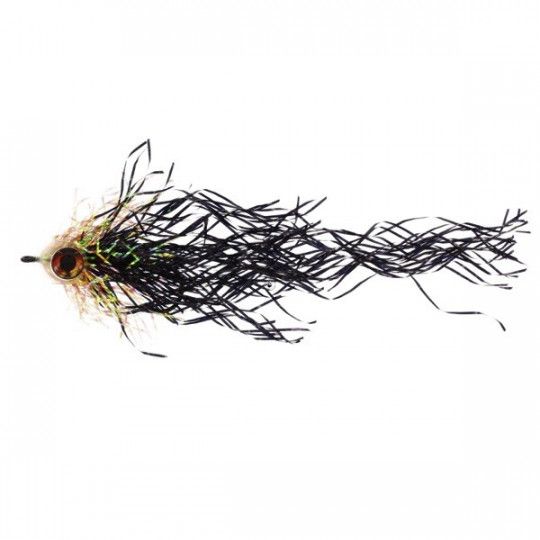
Shipping 24 H
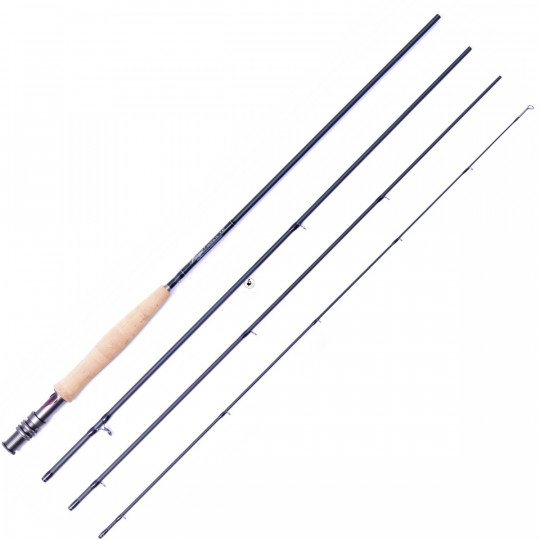
Shipping 3 à 7 jours
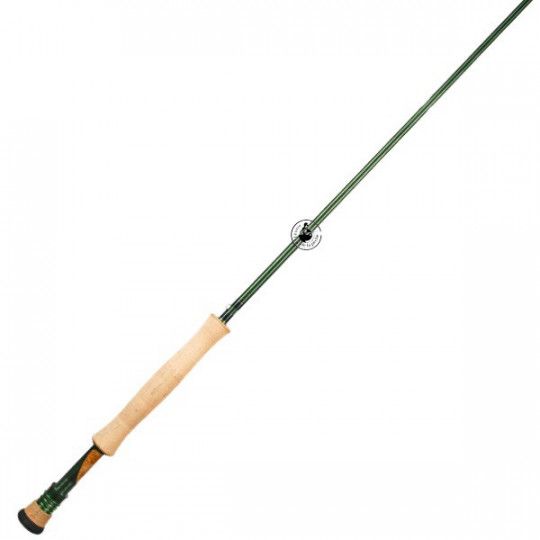
Shipping 3 à 7 jours
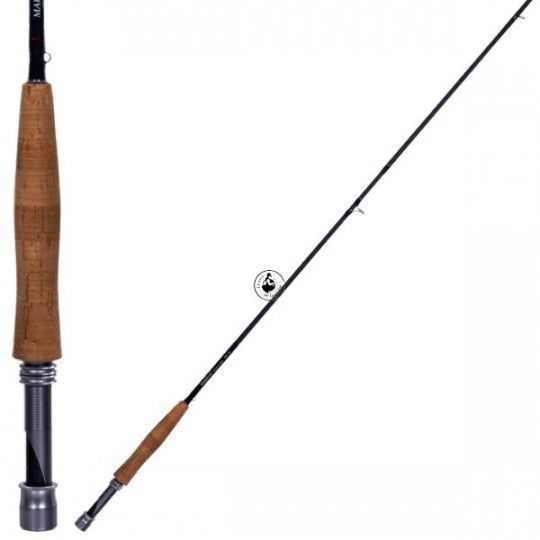
Unavailable at the moment
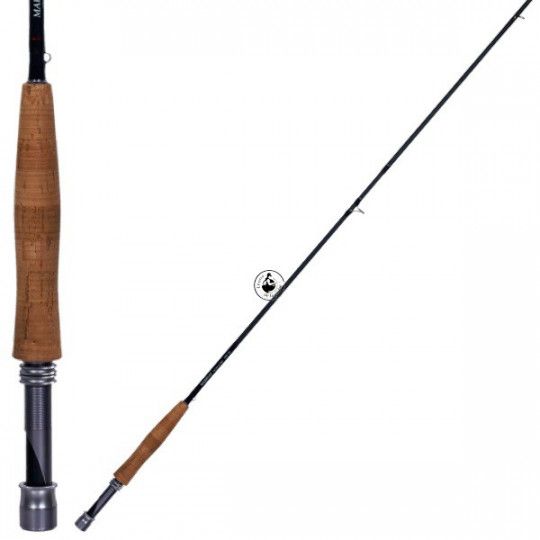
Shipping 3 à 7 jours
Read on the subject
To do this, you need a few technical notions and the right equipment. This practice requires specific equipment. This may vary depending on the technique you use. You won't use the same equipment to dry fish as you would to manoeuvre a nymph. It will also depend on the strength of the river you're fishing.
One of the most important aspects is your choice of line. Its number and profile will enable you to adapt to the conditions you encounter. Sea anglers will not use the same equipment for their streamer as trout enthusiasts on a small stream. The reels you choose will also depend on your choice, as will the mounting.
Once you've made up your mind, all that's left for you to do is learn the technique in your own backyard, and then out on the whitewater when the season is right. The advice of a few fly-fishermen will always be welcome, as much for the right gesture as for discovering aquatic life and the underwater environment. All that's left is to scan the surface of the water in search of your first gobble.
Dry-fishing is certainly the technique best known to true enthusiasts. It's also one of the most fun to practice. It allows you to keep an eye on your insect imitation at all times by letting it drift on the surface of the water as naturally as possible. It requires a great deal of observation. You'll need to be able to cast in the right place and with a fly that matches the menu of the moment.
Autre technique de pêche à la mouche, Drowned fishing, which offers an imitation of a small creature. Trout love invertebrates, which are a major source of food. Here too, you need to be observant. Observing the ground and the environment and picking up pebbles are essential habits for a successful day.
Nymphing is the third major fly fishing technique. It offers a technique that is closer to the bottom. It imitates an invertebrate moving along the bottom in the current. This is often very effective when you have learned to master the drift.
There are other techniques such as streamer fishing or derivatives of the above. If you're interested in lure fishing, check out our article on meilleurs leurres souples.
The choice of votre canne à mouche will depend directly on the technique you want to use once you're on the water. There are a number of concepts and technical details to consider if you want to join the family of fly fishers.
The action of the rod can be very different. You'll need to choose the one that best suits your fishing style. The dry fly technique is fairly versatile in terms of action. But stalking drowned trout can be very difficult with too fast an action. Opting for a progressive action will ensure far fewer breakages and more efficient hooking.
Length also plays an important role. The size of the blank can vary greatly depending on the profile of the river and the technique. For drowned fishing, models should generally be long enough to allow good control of the drift. On the other hand, short rods are increasingly common for dry fly fishing.
Sea fly fishing and fishing for predators such as pike still require very different specifications. Lengths can exceed 10 feet without any problem and will be able to support lines of more than 10.
Le moulinet pour la mouche is often a silk tank. It can hold several dozen metres of your line. They often come in 3 main types. There are automatic models, semi-automatic models and manual models.
You will need to choose from the characteristics of these products to ensure they are perfectly suited to your technique and the diameter of your line. Thread capacity is an essential factor. Most of the time, you'll be able to rely on an indication of size on the models to make your choice.
Weight is also an essential aspect. Often heavy, these reels need to balance your outfit and, above all, not weigh too much on your arm and shoulder. Choosing a lightweight product will ensure comfort that is not always easy to achieve.
Finally, the brake is also essential. It needs to be both powerful to be able to react to large predators and very fluid to keep the pleasure with smaller subjects.
Flies are used to imitate insects, invertebrates or small animals. You can count on a offre immense de mouches in terms of both models and colours. But for those who create their own, the only limit is your imagination.
You will need to choose the number of your hook according to the species you are looking for. For larger flies, you can also rely on a tube-type rig. This will not only protect your fly but also allow you to tie as you wish.
The most important thing when choosing a fly is to observe life, the season and sometimes the advice of experienced people. It will be necessary to have a well-stocked box to try and offer a model that resembles those that fly during your session.